Despite natural endowments and a leading electricity fleet, Iran faces recurring shortages of electricity and gas, emphasizing the energy limits of a resistance economy struggling to hold together infrastructure modernization, domestic demand , energy exports and industrial development.
Holder of the second proven reserves of natural gas (32,100 billion m3, 17.1% of the total), third world producer (250.8 billion m3, 6.5% of the total), Iran nevertheless presented a domestic supply just surplus in 2020/2021 (17.7 billion m3), the difference being allocated to exports, mainly by gas pipeline, to Turkey and Iraq.
Despite the sharp drop in exports to Iraq in 2021/2022, officially due to contractual disputes, and the use of naphtha and diesel as substitutes for natural gas to supply petrochemical plants, this strict sufficiency has been a slightly more weakened during peak demand this winter, up to 789 M m3 on January 9, 2022, forcing the authorities to draw from underground tanks, to suspend the supply of certain factories and to reduce deliveries to Turkey.
The new Minister of Oil has launched an investment program of $80 billion in gas upstream to increase production capacity from 850 to 1,500 billion m3/year in 2030. This program is divided between the development of new fields (36 $.4 billion), improved pressure on existing fields ($23.5 billion), increased processing capacity ($8 billion), storage ($3 billion), reduction in gas flaring ($1.2 billion) billion) and modernization of gas pipelines and pumping stations ($8 billion).
The South Pars field (83% of current production), shared with Qatar and partially neglected since the successive withdrawals of Total (50.1%) then CNPC (30%) from the consortium for the development of phase 11 in 2018 and 2019, concentrates 44.5% of the planned investments. Petropars, a subsidiary of NIOC, was commissioned to develop the field on its own by NIOC, and would have awarded EPC contracts for the first stage.
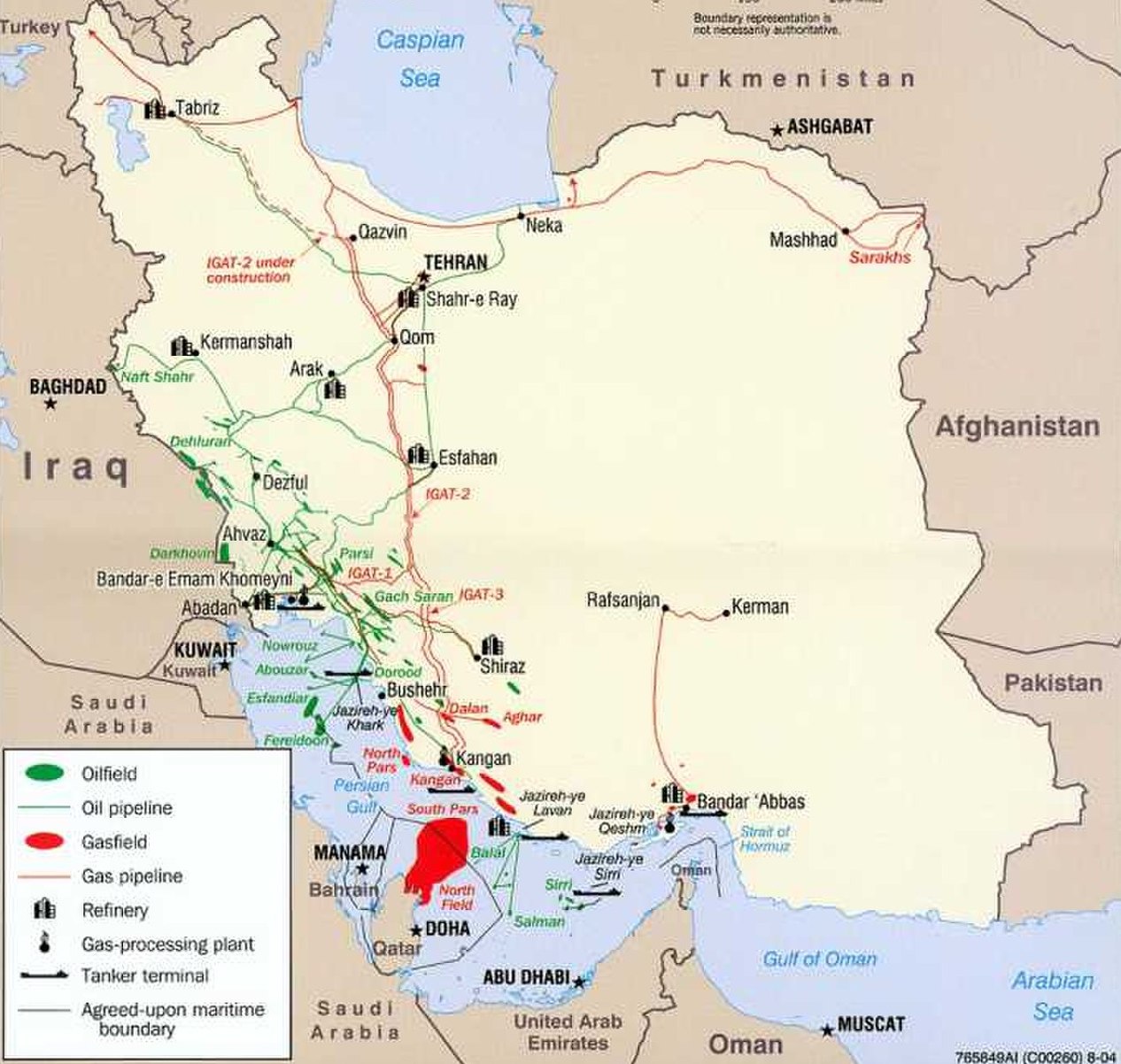
In the short term, the revision of tariffs, the use of alternative feedstocks for petrochemicals and the reduction of exports will be the adjustment variables. In November 2021, the NIGC introduced a new progressive tariff grid according to income and the level of consumption for residential and commercial use (52% of final gas consumption, see appendix 4), without this being accompanied by a reduction in associated subsidies in the accounts of the Targeted Subsidy Organization.
In the oil downstream, Iran has once again become a net importer of gasoline and is accelerating the refining of condensates carried out at Siraf and at the Persian Gulf Star (480,000 bpd) in order to supply the Assalouyeh petrochemical complex and release excess natural gas for other uses. On the export side, after having balanced its natural gas exports to Turkey with almost equivalent imports from Turkmenistan until 2016, Iran reduced and then ceased these, alleging payment problems, while finding a new export outlet in Iraq from 2017.
While net exports reached up to 16.6 billion m3 in 2019, Iran’s regional ambitions have since been hampered by the slowdown in production, even forcing the NIGC to suspend and then reduce its exports to Turkey at the end of the year. following a new consumption peak, on January 21, 2022. The timing could not be worse as negotiations for the renewal of the long-term supply contract between the two countries, concluded in 2001 for 25 years and generating EUR 1.1 to 2.2 billion per year for Iran would be disrupted by Turkey’s desire to increase its LNG supplies.
While Iran has the 15th installed electrical capacity in the world (86 GW at the end of 2020/2021), the country faced, in the summer of 2021, an unprecedented shortage, characterized by a deficit of 11GW between mobilizable power (55GW) and peak demand in July 2021 (66GW). This situation has led to widespread power outages and damage to secondary transmission stations, electrical transformers and the distribution network.
In response, the authorities highlighted factors that play only a secondary role in the shortage, such as the prolonged drought that the country was going through at the time, when the installed hydroelectric capacity was only 13 GW, or the mining of crypto currencies (600 MW according to the network manager).
Firstly, the shortfall in long-term investment has repercussions both on the network and on the sources of production, like the gas-fired power plants (27 GW) with an average load factor that has fallen to 30.4 % in 2020/2021.
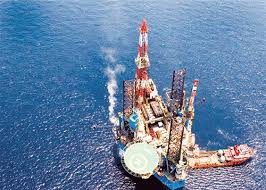
After the separation in the mid-2000s of production, transmission and distribution activities, hitherto integrated by the incumbent operator (TAVANIR), and the creation of a wholesale pay-as-bid market with a market (IGMC), the liberalization of the electricity market has stopped in the middle of the ford:
1) the bulk of sales (91.4% in 2020/2021) is through an inefficient single-buyer model;
2) the definition of a ceiling price corresponding to the cost price ($0.03 in 2020/2021) makes production for the domestic market an unprofitable activity;
3) the State has retained a monopoly on export sales, except for renewable energy producers since 2019;
4) the privatization of the power stations (55% of the park since 2010) was done to settle the debts of the State with non-State entities unrelated to the electricity industry (eg Bank Tejarat), which face in over unfair competition (natural gas is only free for state power stations). Finally, electricity subsidies represented 3.8% of the State budget in 2020/2021, encouraging a growth in uses greater than that of production.
Iran faces in the short term an incompatibility triangle between
1) the ambition to be the center of a regional natural gas and electricity market,
2) the need to preserve social peace by maintaining subsidized prices for these products, and
3) the development of the non-oil exporting apparatus, central to the resistance economy model.
Thus, if the maintenance of gas and electricity exports offers the Islamic Republic leverage in its neighborly relations, especially with Iraq, which represents 83% of the volume of electricity exported, this maintenance is only possible provided that subsidies for residential, agricultural and industrial use are reduced – at the risk of provoking riots (as in November 2019) – or else the production of energy-intensive industries (metals, cement), the second providers of repatriable currencies after the petrochemicals. In January 2022, as in July 2021, Iran decided in favor of social peace.
Iran faces seasonal but structural shortages of gas and electricity. The government of Ebrahim Raïsi seems to have taken the measure of the problem and already corrected certain excesses: the settlement of the liabilities towards Turkmenistan for the gas deliveries carried out until 2018 allowed the conclusion of a swap agreement of 2, 5 to 3 billion m3/year with Ashgabat and Azerbaijan, in order to respond to regional and seasonal imbalances in supply and demand.
Source Tehran Economic Service French Embassy


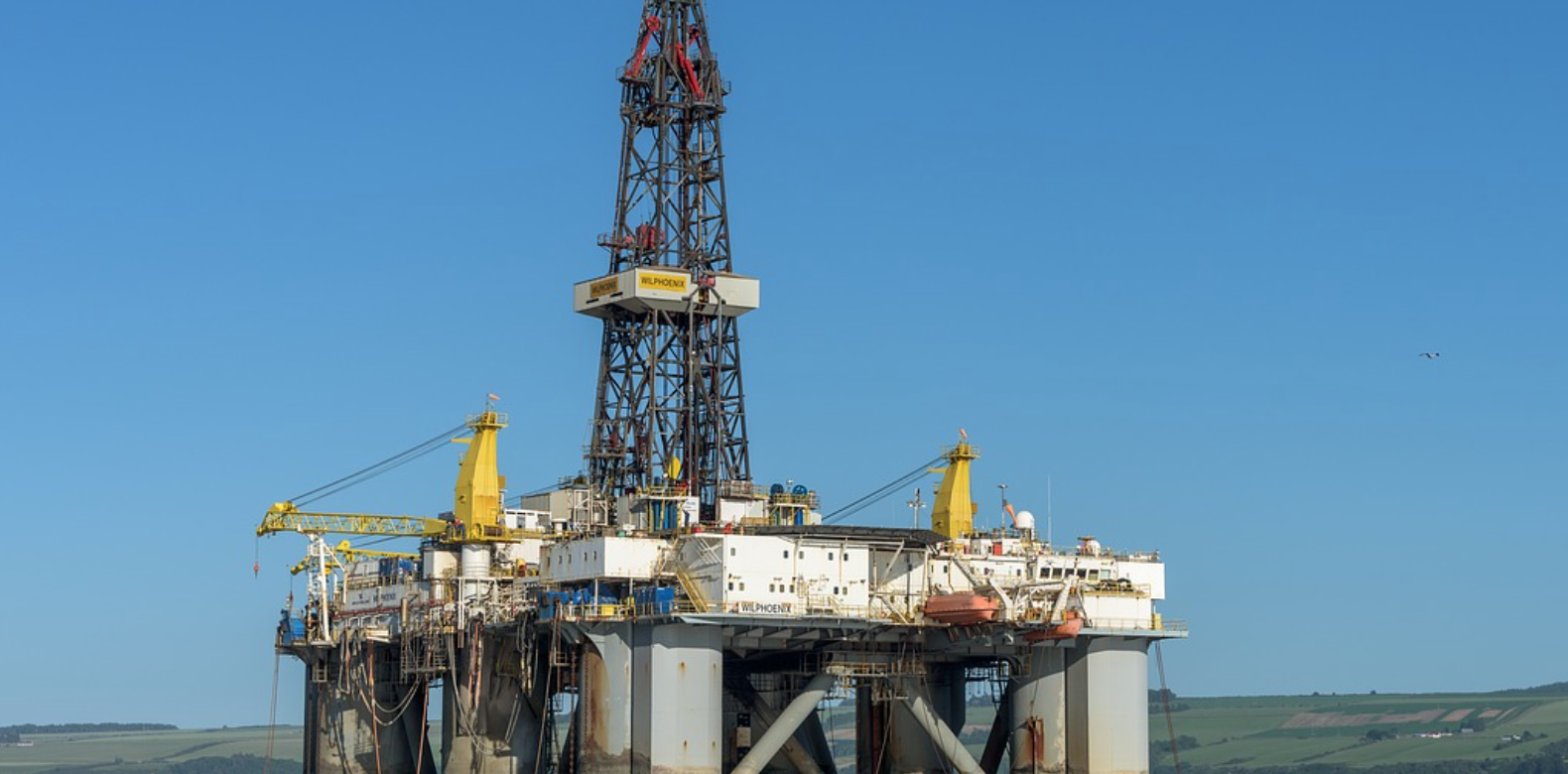
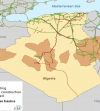


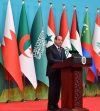
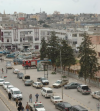
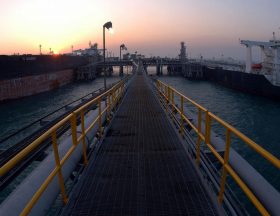
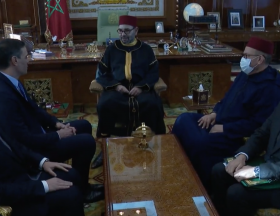
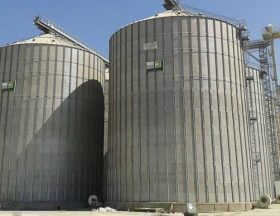
Réagissez à cet article